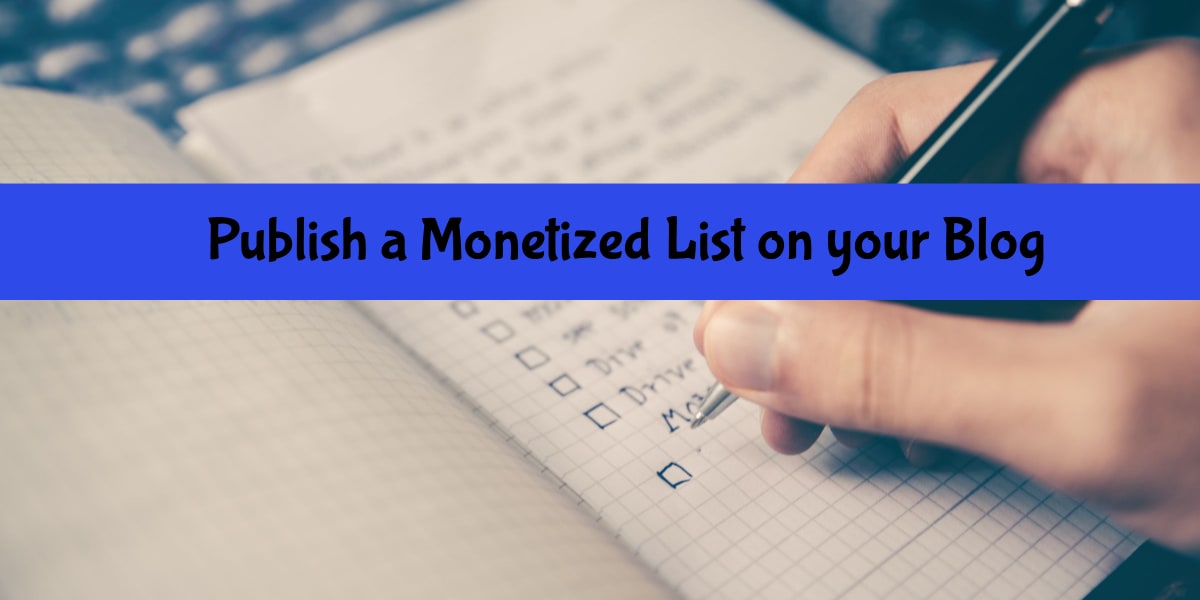
Your first published post should make money immediately, not months from now. List posts perform exceptionally well with new audiences because they deliver quick value while creating multiple opportunities for affiliate sales.
The “Top 5” format works perfectly for beginners because it’s straightforward to write and naturally incorporates product recommendations. Readers expect affiliate links in recommendation posts, so you can be direct about promoting products without seeming pushy.
Start by identifying five products in your niche that solve real problems for your audience. These could be books, software tools, physical products, or services. Each product should have an active affiliate program with decent commission rates. Amazon Associates works for physical products, while most software companies offer direct affiliate programs.
Structure your post with a brief introduction explaining what problem you’re solving and why these five items made your list. For each product, write 100-150 words covering what it does, who it’s best for, and why you recommend it. Include both pros and cons to build trust with readers.
Here’s a simple template that converts well. Title: “5 Best [Tools/Books/Products] For [Specific Audience Problem].” Introduction: Acknowledge the problem and promise a solution. Product sections: Name, brief description, key benefits, best use cases, and honest drawbacks. Conclusion: Remind readers why these tools matter and include a soft call to action.
For a weight loss blog, you might write “5 Best Kitchen Tools For Meal Prep Beginners.” Each section would cover a specific tool, explain how it simplifies meal preparation, and link to where readers can purchase it. The post provides genuine value while creating five separate opportunities for affiliate commissions.
Make your affiliate links obvious and trustworthy. Phrases like “You can get this tool here” or “I found the best price at this link” work better than trying to hide your affiliate relationship. Many readers specifically want to support bloggers they like by using their affiliate links.
Add your affiliate disclaimer somewhere in the post. Something simple like “This post contains affiliate links, which means I earn a small commission if you make a purchase through my links at no extra cost to you” builds trust rather than destroying it.
End your post with a simple email opt-in offer. Create a one-page checklist or summary of your five recommendations using a free tool like Canva. Offer it as a download in exchange for an email address. This turns casual readers into subscribers you can market to repeatedly.
Set up your email capture using a service like AWeber or ConvertKit. These platforms offer free starter plans and integrate easily with WordPress through simple plugins. Place your opt-in form at the end of your post with text like “Want a printable version of this list? Enter your email below and I’ll send it over.”
This single post accomplishes multiple monetization goals. It can generate immediate affiliate income from new visitors. It builds your email list for future marketing. It establishes you as someone who recommends useful products. Most importantly, it proves that your blog exists to help people solve problems, not just to entertain them.
Monitor which products get the most clicks and sales. This data tells you what your audience actually wants to buy, which should influence your future content and product recommendations.
For more strategies on monetizing your Blog, go to 90 Days to Blog Fast Cash

